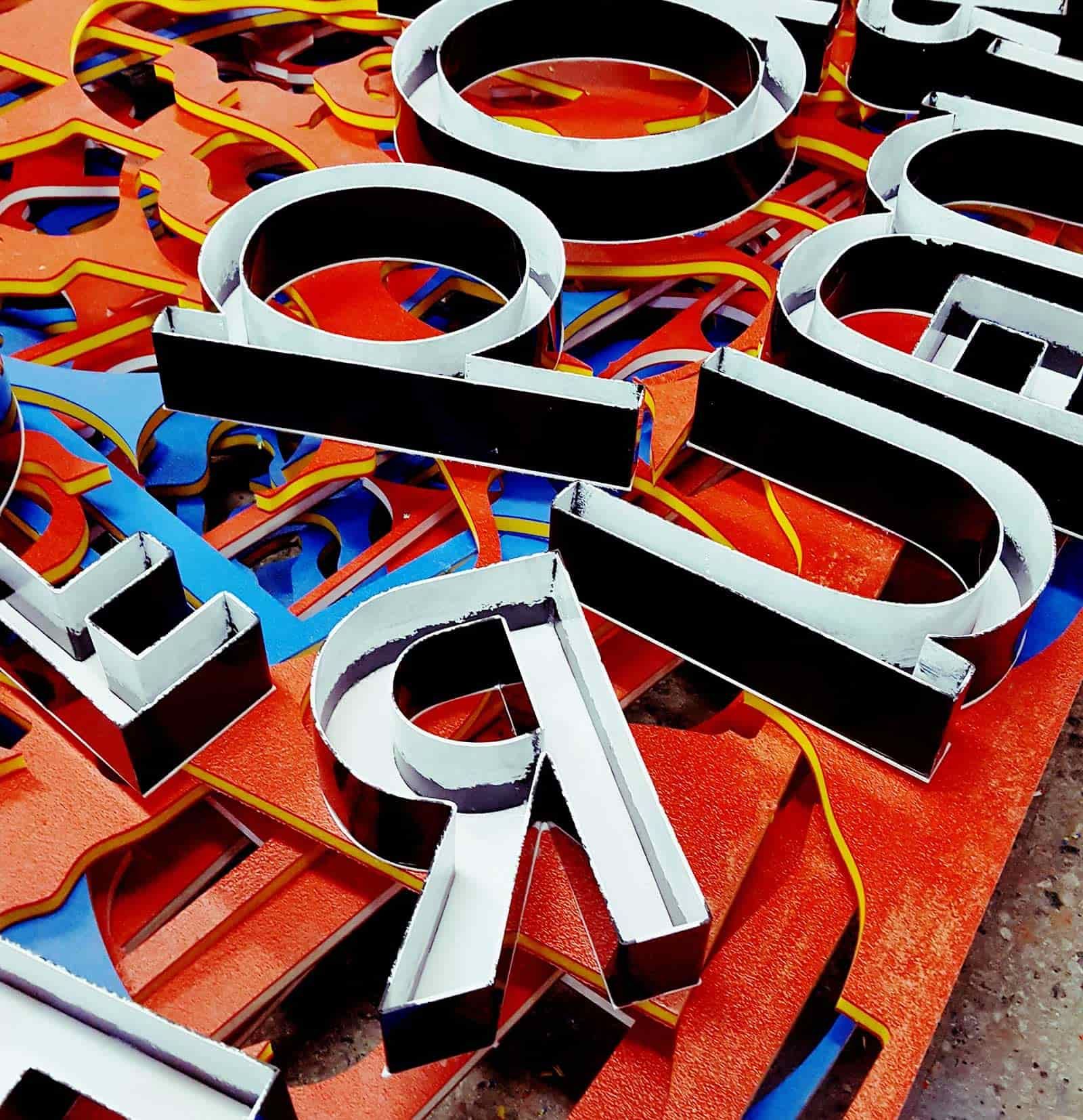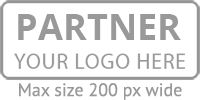There are several common questions we hear when assisting new customers. Since these questions present useful knowledge for any sign buyer, we’ve gathered them here. Follow the links below to gain a better grasp on the sign-making process. If there’s a question we’ve missed, visit the Ask a Question section and we’ll get back to you as soon as possible.
- How do I decide what kind of sign is best for my business? There are so many options.
- What file formats do I need to provide when ordering a sign?
- What is a proof?
- Why do I need to look at a proof if I’ve already given you everything I need to have done?
- Do I still need to approve a proof if I bring my work in on disk?
- How do I go about getting an estimate from you?
- Do you offer a quantity discount?
- How long does it take for you to create my sign?
- How do I care for my banner so it lasts and continues to look good?
-
How do I decide what kind of sign is best for my business? There are so many options.
When it comes to your options, we’ve seen it all.
We consult every customer, asking the important questions to help decide on the appropriate sign. Details regarding budget, atmosphere and surroundings, height, light and regulations all play a role, so bring us your details and we’ll show you the way.
-
What file formats do I need to provide when ordering a sign?
If you’re using a Mac, any file from the following programs will work:
- Adobe Illustrator CS
- Adobe Photoshop CS
- Adobe InDesign CS
- QuarkXPress 6.5For PC users, we support these programs:
- Adobe Illustrator CS2
- Adobe Photoshop CS2
- Adobe InDesign CS2
- CorelDRAW12To produce your job in the most cost-effective manner, always provide vector files of your art, such as CDR, AI or EPS files. This way, you’ll avoid art setup fees. Also include font files to ensure a smooth setup process.
We can work from JPG. TIF and PDF files, but they may not produce the same quality as other file types. If this is your only option, ask us about it and we’ll help you find the best solution.
-
What is a proof?
A proof is the final test before we produce your sign. It allows you to review the layout and design of your sign digitally or in print, and request necessary changes before we physically create your job. We ask that you approve the proof before we start making your sign.
-
Why do I need to look at a proof if I’ve already given you everything I need to have done?
Simply put, humans make mistakes. By reviewing your proof, you can ensure that our team handled every detail exactly how you want it. Misunderstandings and crossed signals happen at every business. This is our way of saving the time and money that mistakes can cost.
-
Do I still need to approve a proof if I bring my work in on disk?
It seems unnecessary, right? But a proof is still useful, even when you submit files on a disk. Programs, files and output devices have flaws and create errors, just like humans. Reviewing a final proof ensures your job traveled across formats accurately.
-
The easiest way to request an estimate is through our Get a Quote page. Simply complete that form, and we’ll get back to you soon.
Otherwise, you can always give us a call or stop in, and we’d be glad to talk about your project and provide an estimate.
-
Do you offer a quantity discount?
Most jobs do offer a quantity discount. Since setup is the most time-intensive part of any job (and thus expensive), it is easier to run multiple versions of any sign. Plus, materials get cheaper in larger quantities.
-
How long does it take for you to create my sign?
In sign making, every job is unique. Therefore, every timeline is different. Basic jobs like banners or posters can be done in less than a week, and more complicated jobs can take up to six weeks.
Tell us when you need your sign, and we'll see what we can do. We go to great lengths to produce your job in a timely manner.
-
How do I care for my banner so it lasts and continues to look good?
Hanging your banner is the easiest way to prolong the life of your sign. Grommets are spaced around the outside edge to distribute weight evenly. When you hang your banner, make sure to weave your rope or string in and out of these, similar to sewing. That ensures no one area is bearing all the weight and wind.
After you’re done displaying the banner, give it a quick cleansing with soap and water. Then, roll it up for storage with the lettering and printing out. Never fold it, as this will cause creases and could lead to peeling.



